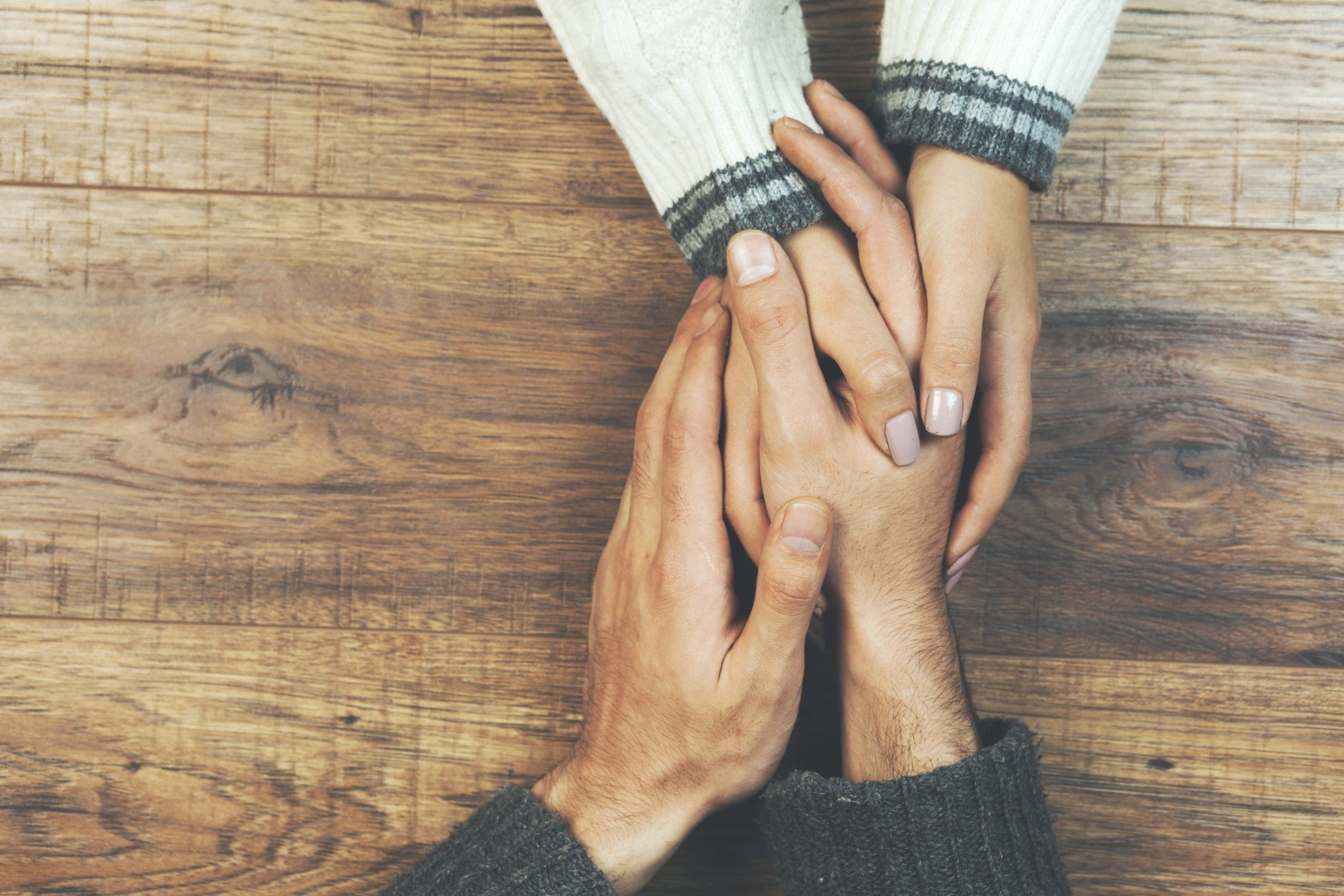

It has become increasingly popular to incorporate creative practices in counseling. Play therapy, animal-assisted therapy, and other forms of counseling that allow the client to express emotions in more ways than verbally have become common.
Before creative counseling was mainstream, Department of Counseling professor at Wake Forest University in Winston-Salem, North Carolina and past president of the American Counseling Association, Samuel Gladding, began using a creative approach with his clients in 1970. Since then, he has seen growth in the practice.
Gladding answered some questions for Counseling Today in “Behind the Book: The Creative Arts in Counseling” as a follow-up to Gladding’s book, The Creative Arts in Counseling. Gladding’s responses cover how creative counseling helps clients and why it helps and how to use creativity properly.
How creative counseling helps
Creativity and counseling, according to Gladding, go hand in hand. He explains that the creative arts help counselors achieve their goal of helping clients problem solve. The creative arts as a way for clients to problem solve is a claim that is backed up by the facts of writing’s positive effect on stress, physical activity’s incompatibility with depression, and humor’s release of endorphins. Gladding says,
"Overall, the creative arts are a tool that counselors can use regardless of their theoretical orientation. They help clients work through the difficulties in their lives and learn how to be more resilient."
In further describing how creativity and counseling suit one another, Gladding touches on why creative counseling has been the focus of his career;
"In the midst of this [my initial] immersion into the mental health world, I noticed that clients often brought me pictures, poems, songs and other creative aspects of life that they thought were significant. While other clinicians saw these tangible ways of expressing emotions and thoughts as secondary, I did not. Clients were doing a lot of work on their own without a lot of knowledge about how it was helping them. It was important for them to recognize what they were doing for the power it had in their lives."
Ultimately, creative counseling is a way to harbor the natural problem solving and healing process that people go through by expressing emotion in ways unique to the person.
Why creative counseling is helpful
Creativity helps clients problem solve through the experience of expressing emotions which, therefore, allows clients to be more in tune with themselves. By expressing emotion through the creative process, you are representing and processing your emotions. This is why it is linked to problem solving. Gladding says,
“Most of the creative arts are projective in nature and leave a trail or weave a story into a reality whether physically, as in the case of photography, or mentally, as in the case of movement (e.g., muscle memory). Once you experience yourself drawing, writing, dancing, acting, making music or getting involved in telling a story or creating humor, you can never be the same again.”
How to use creative counseling properly
Gladding attests that, though creative counseling is a necessary tool to help clients, it is a tool that must be used properly and is not a solution to every situation
“The creative arts are not a luxury. They are a necessity if we want our clients and ourselves to live productive and meaningful lives. Well-designed and significant scholarship on the power and potential of the creative arts in human life is abundant and important.
The creative arts are not a panacea for all the situations clients bring us. They can help clients gain insight, a new perspective, and even make needed changes. However, before using the creative arts in counseling situations, counselors should read the research.”
In Counseling Today’s article, specific research is not referenced. Yet, Gladding’s book is surely a significant resource if a counselor is interested in pursuing the creative arts in practice. Gladding says,
The creative arts are but one more tool in a counselor’s toolbox. They should be use thoughtfully and with care. They are like knives in that they have the power to help or hurt. That is why it is important to see the creative arts used in empowering, evidence-based and therapeutic ways.”
What is your preferred method of practice? Perhaps it’s time to let creativity take its course.



